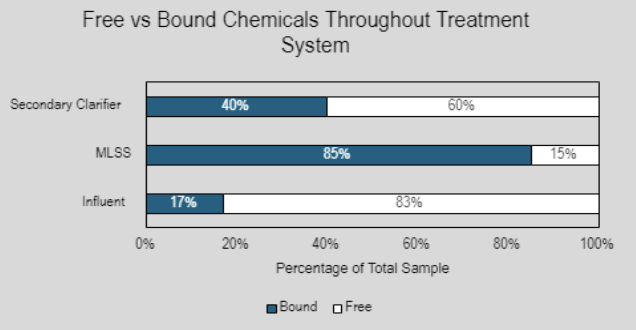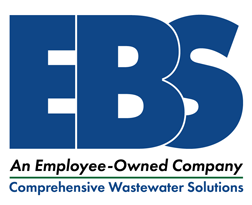The return of healthy biological solids is essential to the performance of activated sludge systems. Along with concentrated biomass, inhibitory and toxic chemicals that can cause WET testing failures or treatment deficiencies may be returned to the system by being bound to the solids.
Determining if inhibitory chemicals exist free in the bulk water or bound to the suspended solids within the aeration basin is beneficial to the plant operator. If these chemicals are adhered to solids through bioaccumulation, it is advisable to remove more suspended solids through the sludge wasting process from secondary treatment, rather than recirculating them back to the aeration basin. This process of sludge wasting is effective because these chemicals have already been neutralized, allowing for their safe removal. Alternatively, too much bioaccumulation on bacterial cells can inhibit the effectiveness and efficiency of removing BOD and cause settling issues. If there is a loss of suspended solids containing inhibitory chemicals or if these chemicals are free in the bulk water, WET testing toxicity or permit failure could occur.

Figure 1
As shown in Figure 1, the relationship between bound and free chemicals can change throughout the treatment system. Typically, influent streams contain inhibitory chemicals that are primarily free in the bulk water. In the biological basins, the bacteria can bind these chemicals. During secondary treatment, the solids can be wasted to reduce the recycling of the harmful chemicals back into the treatment system.
In the laboratory, a monthly or quarterly representative sample set can be used to determine these relationships to get a more precise idea of how chemicals are bioaccumulating in a system operating under normal conditions. In upset events, abnormalities can help plant operators take appropriate corrective action.
